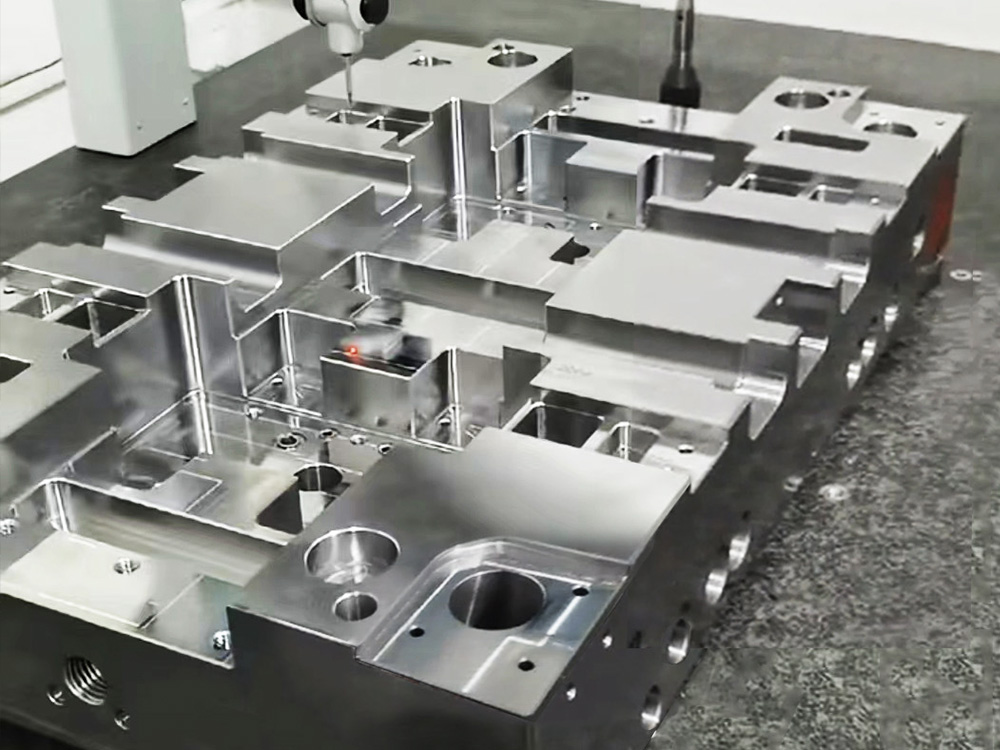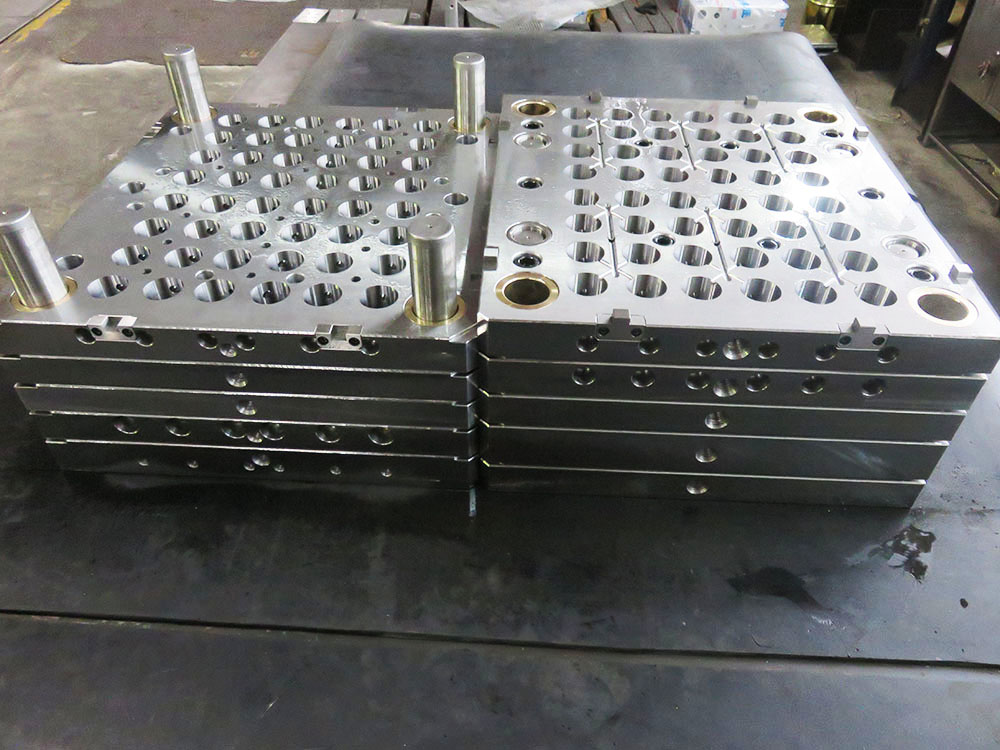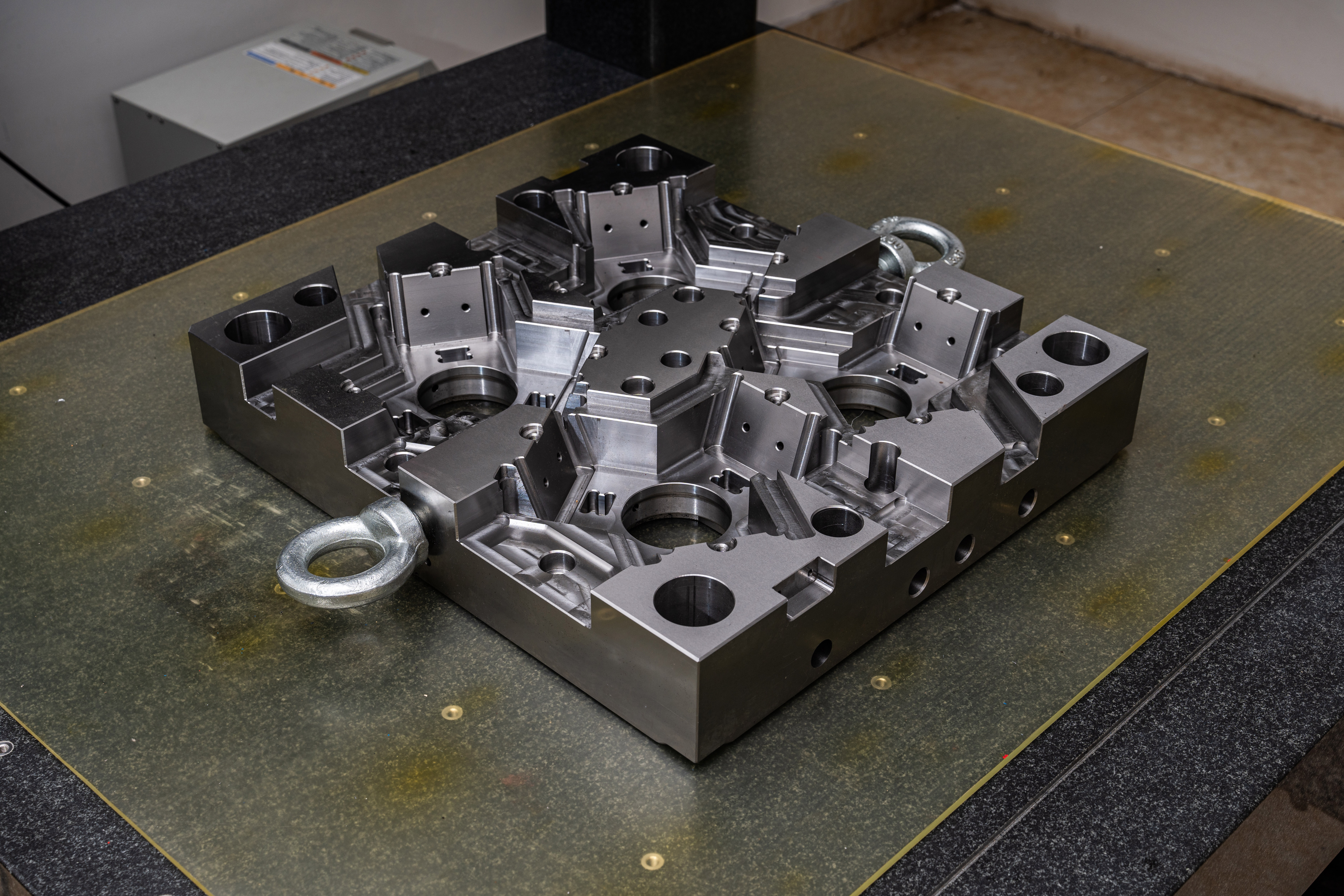Assembling Steel Pipes for a Scaffolding Frame based on Area in the Mold Base Industry
Steel pipes are widely used in the mold base industry for the construction of scaffolding frames. Proper assembly of these steel pipes is crucial to ensure the stability and safety of the scaffolding structure. In this article, we will provide a step-by-step guide on how to efficiently assemble steel pipes for a scaffolding frame based on the area.
Step 1: Gather the Required Tools and Materials
Before starting the assembly process, it is essential to gather all the necessary tools and materials. This includes steel pipes of appropriate length and diameter, connectors, clamps, adjustable wrenches, and a level.
Step 2: Prepare the Work Area
Clear the work area and ensure that it is flat and stable. This will provide a solid base for assembling the scaffolding frame. Additionally, make sure there are no obstacles in the area that may interfere with the assembly process.
Step 3: Determine the Scaffolding Frame Area
Measure the area where the scaffolding frame will be erected. This will help you determine the number and length of steel pipes required for assembly. It is crucial to accurately calculate the dimensions to ensure a safe and secure scaffolding structure.
Step 4: Arrange the Steel Pipes
Lay out the steel pipes according to the determined area. Place them in the desired positions, ensuring that they are properly aligned and leveled. It is advisable to use a level to verify the straightness of the pipes.
Step 5: Connect the Steel Pipes
Use connectors to join the steel pipes together. Ensure that the connectors are securely fastened, as loose connections can compromise the stability of the scaffolding frame. Tighten the connectors using adjustable wrenches, making sure they are tightened evenly.
Step 6: Reinforce with Clamps
To further enhance the stability of the scaffolding frame, use clamps to secure the joints between the steel pipes. Clamps should be placed at regular intervals, especially where multiple pipes intersect. Tighten the clamps firmly to prevent any movement or instability.
Step 7: Check for Stability
After the steel pipes and connectors are assembled, carefully check the scaffolding frame for stability. Shake the frame gently and perform a visual inspection to ensure there are no loose components or signs of weakness. If any issues are identified, make the necessary adjustments or reinforcements before proceeding.
Step 8: Test the Scaffolding Frame
Before utilizing the scaffolding frame, it is essential to conduct a test to verify its stability and load-bearing capacity. Test the frame by applying weight gradually and observing its response. If the scaffolding demonstrates any signs of instability or excessive deflection, re-evaluate the assembly and make the necessary improvements.
In conclusion, assembling steel pipes for a scaffolding frame based on the area requires careful planning and precise execution. By following these steps, you can ensure that the scaffolding structure in the mold base industry is safe, stable, and ready for use. Remember to always prioritize safety and consult professionals when in doubt.




